Pruning is one of those garden tasks that can be intimidating at first. Although, once you get the hang of it, it can be almost addictive! It's a must-know skill if you want your plants to show plenty of healthy growth. As well as lots of flowers (in the case of flowering plants, that is), and display beautiful form and shape. While plants may have their own specific requirements, here's an overview. Some if what you need to know to successfully prune shrubs, and some tips and advice from our own craftsmen. (Who prune them by the hundreds!).
What and Why?
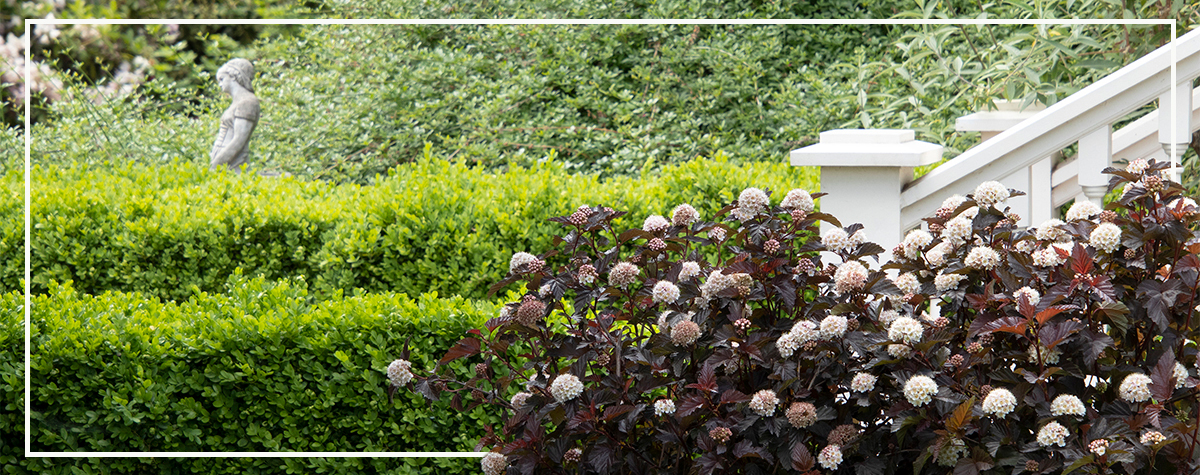
What is “pruning”?
"Pruning" is the deliberate removal of parts of a plant. This is to give a more appealing shape, size management, increased flower or leaf production. It is also for better light and air circulation. Plus it boost to the overall health of a plant by removing dead or diseases sections. In hort speak, by removing the terminal shoot, pruning temporarily destroys apical dominance. It stimulates the growth of lateral buds into shoots that make the plant fuller.
Where do I start to prune a shrub?
Prune a woody plant in this order: dead, damaged, diseased, structure. Remove any dead, damaged, or diseased branches to help keep your plant both tidy and healthy. Remove any branches that are cross branching or suckering from the base of the plant. This will allow the plant to put its energy into branches that you actually want. After all of that, look at your plant to decide what it needs. Maybe it's further pruning for shape, size, flower production, or aesthetic appeal.
Kindest Cuts
Plants call for different types of pruning. This depends on the type of plant, age, health, and any size or shape issues. What is common here is that when you prune, you should always be cutting back to just above a node. (A node is the part of a plant stem from which one or more leaves emerge. Often forming a slight swelling or knob). Here’s a breakdown of the most common types of pruning cuts (and a very quick video)
Pinching: Just as it sounds. Pinch off a bud at the end of a stem (these are called "terminal buds") with your thumb and forefinger. What this does is to stop the stem from growing longer, and so encourages bushy growth. Typically done on annuals, perennials, and some small leaf shrubs.
Thinning: This is the cut you will most often employ in maintenance pruning. Thinning cuts basically control the way the plants looks. This cut removes an entire shoot or limb to its point of origin from the main branch or lateral. As a result, new growth occurs at the undisturbed shoot tips while lateral bud development and regrowth is suppressed. Thinning cuts are used to shorten limbs and improve light penetration into plants. Also to expose attractive branch structured and decorative bark, and to direct the growth of shoots or limbs.
Heading: This is a cut you will use less often. Heading cuts basically control the way the plant grows. This cut removes the terminal portion of shoots or limbs, and stimulates the buds just below the cut. It's also the most invigorating type of pruning cut, resulting in thick compact growth and a loss of natural form. As in the case of a formally pruned hedge. Heading cuts improve the shape of the plant by refocusing growth into a different direction. It controls the overall size of the plant. Plus it increases the density of the plant by encouraging the growth of side stems.
Shearing: This is a form of a heading cut that makes no attempt to cut back to a bud. Shearing stimulates many buds to produce new growth, so you’ll be repeating the job regularly once you start. Since this method cuts right through leaves, it’s best done on small-leafed plants, where leaf damage is less noticeable.
Pruning Best Practices
While your shrubs are pretty durable and you probably won't damage them if you prune incorrectly. Let's do it right the first time.
First, let’s start with some terminology. What’s a light prune vs hard prune?
A light prune means cutting back each stem. Do so by roughly 1/4 to 1/3 of its total length to a pair of strong buds. Or, to a bud facing away from center of the plant. It also entails removing diseased stems and keeping the center open and airy. For some plants, a light prune can mean cutting out up to one third of the total number of stems. This is done every 3-4 years. This is the sort of routine maintenance you want to become habit.
A hard prune means cutting back all stems leaving only 2 – 3 buds as close to base as possible. It also means that you will completely remove up to one third of the least healthy stems. After a hard prune, feed and mulch to rejuvenate. This is done when a plant has become overgrown or unshapely and is not done often.
Next, use this protocol when you’ve decided that a shrub actually needs pruning:
- Always prune 1/4″ to 1/2″ above a node (which is the spot where a leaf joins a stem). The node is where dormant buds are located. These will grow out into new stems.
- Do not prune below or somewhere in between two nodes as this will leave a stub. This section (called the internode) can't grow new stems. However, what it can do is become infected and rot, or just die and become unsightly.
- Prune to nodes with buds that face away from the center of the plant. Also in the direction you want them to grow. This will help to avoid cross branching.
- Never cut a branch off flush with the trunk or stem. The place where a branch joins the main trunk or larger branch is usually slightly swollen. It is called a collar. The collar is special tissue that can quickly grow over and seal the wound when you prune off the branch. Always protect the collar.
Timing is all!
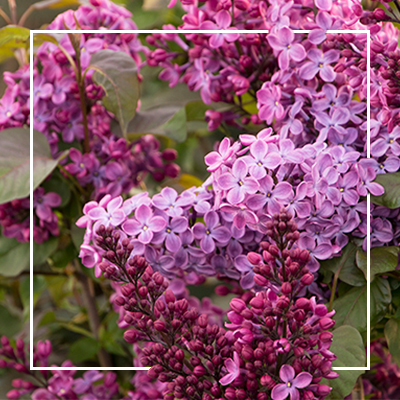
As a general rule, shrubs that bloom in spring should be pruned immediately after flowering. These include: lilac, deutzia, kerria, mock orange, weigela, forsythia, viburnum, St. John’s wort and red-twig and yellow-twig dogwood.
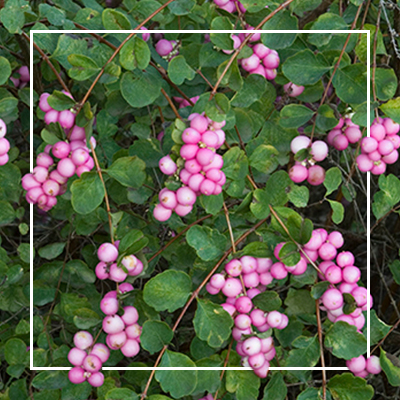
As a general rule, shrubs that bloom in summer should be pruned in late winter. Or, very early in the following spring. These include: spirea, abelia, honeysuckle, beautybush, snowberry, slender deutzia, potentilla, and privet.

Shrubs that do not flower are not tied to a certain time of year for best pruning practices. However, damaged or diseased areas should be pruned whenever the problem is noticed. Boxwood, holly, and myrtle are all examples.
You will ask...!
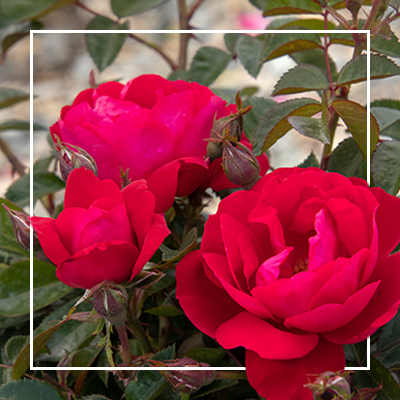
Shrubs love to be pruned, and should be pruned heavily in late winter or very early spring. In summer prune again by counting down a stem to the second set of three leaves. Then prune to an outward facing bud. This will encourage a second and even third wave of flowers. As roses begin to age, prune out old, less productive canes (this would be thinning) as new, vigorous ones emerge. This ensures near constant new growth. All roses benefit from constant dead-heading of old blooms.
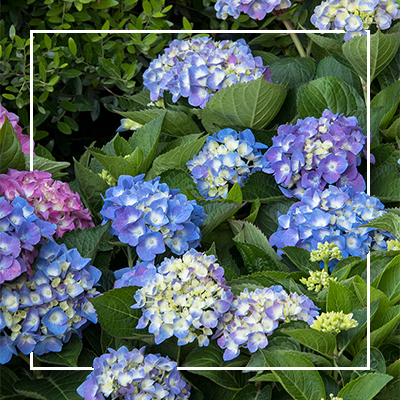
When to prune hydrangeas is not really not all that complicated (we promise!):
Mophead types: Prune during the summer after the flowers fade.
Arborescens, Oakleaf, and Panicle types: Prune in late winter or early spring.
Climbing Hydrangea types: Prune as needed to control growth.
More? Here’s the entire story.
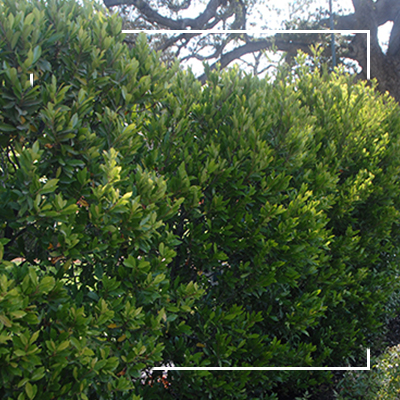
When it comes to hedges (even flowering ones like Bright ‘N Tight™ Carolina Laurel), prune more. This leads to the more lush and thick they become due to the result of increased branching.
You want to avoid pruning most hedges during the extremes. Very cold weather which can damage branches, and very hot weather which can stress the plant. Other times of the year, grab those clippers.
Craftsman do?
Know WHY you’re pruning. Has a plant taken over a space and needs to be cut back overall? Or, has it become misshapen and needs to be made pretty again? Has the plant become tall and leggy and you want more dense growth? Or, do you just need to snip in order to get a second flush of flowers? Before you prune, know the desired outcome and work back from there.
Know your plant. Some plants need to be pruned on "old wood." (Buds are formed for next year's bloom at the end of the current growing season. All on stems produced during the previous summer.) Or, pruned on "new wood." (Stems that have emerged during the current growing season and on which buds are formed in the current growing season.) Others don’t really care either way. If you don’t know which is what, consult with a local garden center before unholstering the clippers.
Use the right tools! There are several different kinds of pruning tools from hand clippers, to hedge shears to saws. Using the wrong tool not only makes for more work but can cause damage from improper cuts. This wounds the plant inviting pests and diseases. If you’re not sure, ask at a garden center!
Clean, clean, and then clean again. It’s easy to get into a rhythm while pruning and keep charging onto the finish line. However, it's vital to not only start with very clean tools (we use a sanitizer called Physan). But, to clean your tools frequently while pruning. Grab a disinfectant pop up towel and use when moving from plant to plant.
Look twice, cut once. You can’t unring the bell! Before making large and major cuts to a plant, make sure to view the plant from all sides. Only take what you need. Most plants can tolerate having 1/3 of their total growth pruned away. More than that means you just need to proceed with extra care.
4. Shrubs grown against walls should have any shoots pointing directly towards or away from wall cut away,
5. Spur pruning or pruning the side shoots on the main framework to about 4 in of their base each year. This helps encourage production of flowers in neat clusters rather than spaced along branches.
Take care of your back. Just be careful!
If you have specific questions about pruning a particular kind of plant, leave a comment below. We will do our best to help here or try to cover in a future post on the topic.




Please login to comment.
Don't have an account?
Sign Up for free